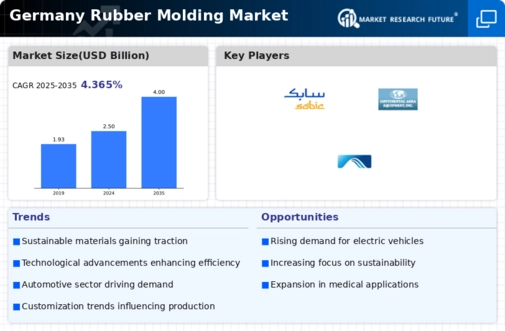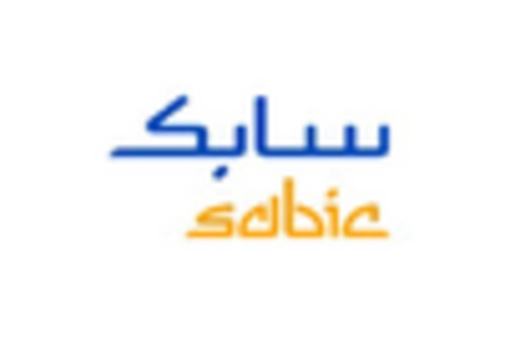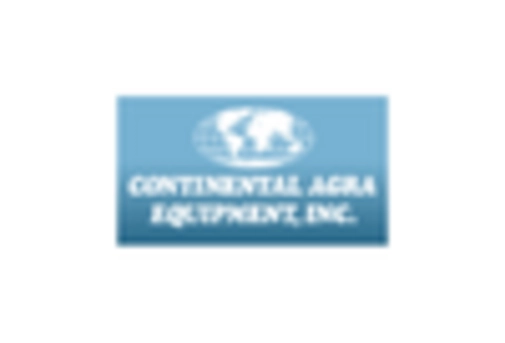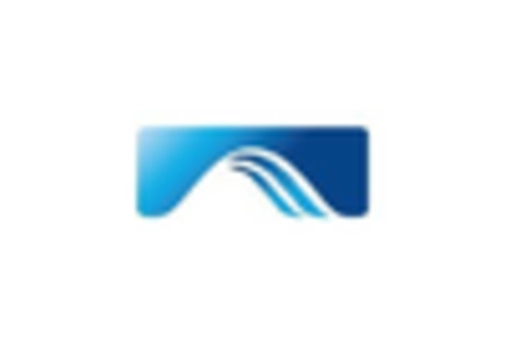The rubber molding market in Germany is characterized by a competitive landscape that is both dynamic and multifaceted. Key growth drivers include the increasing demand for high-performance materials across various industries, such as automotive, aerospace, and consumer goods. Major players like Continental AG (DE), Freudenberg Group (DE), and Trelleborg AB (SE) are strategically positioned to leverage innovation and sustainability in their operations. For instance, Continental AG (DE) focuses on enhancing its product offerings through advanced material technologies, while Freudenberg Group (DE) emphasizes sustainable practices in its manufacturing processes. These strategies collectively shape a competitive environment that is increasingly focused on technological advancement and environmental responsibility.
In terms of business tactics, companies are localizing manufacturing to reduce lead times and optimize supply chains. The market structure appears moderately fragmented, with several key players exerting considerable influence. This fragmentation allows for niche players to thrive, while larger companies consolidate their market positions through strategic partnerships and acquisitions. The collective influence of these key players fosters a competitive atmosphere that encourages innovation and efficiency.
In November 2025, Trelleborg AB (SE) announced a significant investment in a new production facility in Germany aimed at enhancing its capacity for producing specialized rubber components. This strategic move is likely to bolster Trelleborg's market presence and enable it to meet the growing demand for customized solutions in the automotive sector. The establishment of this facility underscores the company's commitment to regional expansion and operational efficiency.
In October 2025, Freudenberg Group (DE) launched a new line of eco-friendly rubber products designed to meet stringent environmental regulations. This initiative not only aligns with global sustainability trends but also positions Freudenberg as a leader in the development of green technologies within the rubber molding sector. The introduction of these products may enhance customer loyalty and attract environmentally conscious clients.
In September 2025, Continental AG (DE) entered into a strategic partnership with a leading technology firm to integrate AI-driven analytics into its manufacturing processes. This collaboration aims to optimize production efficiency and reduce waste, reflecting a broader trend towards digital transformation in the industry. The integration of AI technologies could significantly enhance Continental's competitive edge by streamlining operations and improving product quality.
As of December 2025, current competitive trends indicate a strong emphasis on digitalization, sustainability, and AI integration within the rubber molding market. Strategic alliances are increasingly shaping the landscape, allowing companies to pool resources and expertise to drive innovation. Looking ahead, competitive differentiation is likely to evolve from traditional price-based competition to a focus on technological advancements, supply chain reliability, and sustainable practices. This shift suggests that companies that prioritize innovation and environmental responsibility will be better positioned to thrive in the future.














Leave a Comment